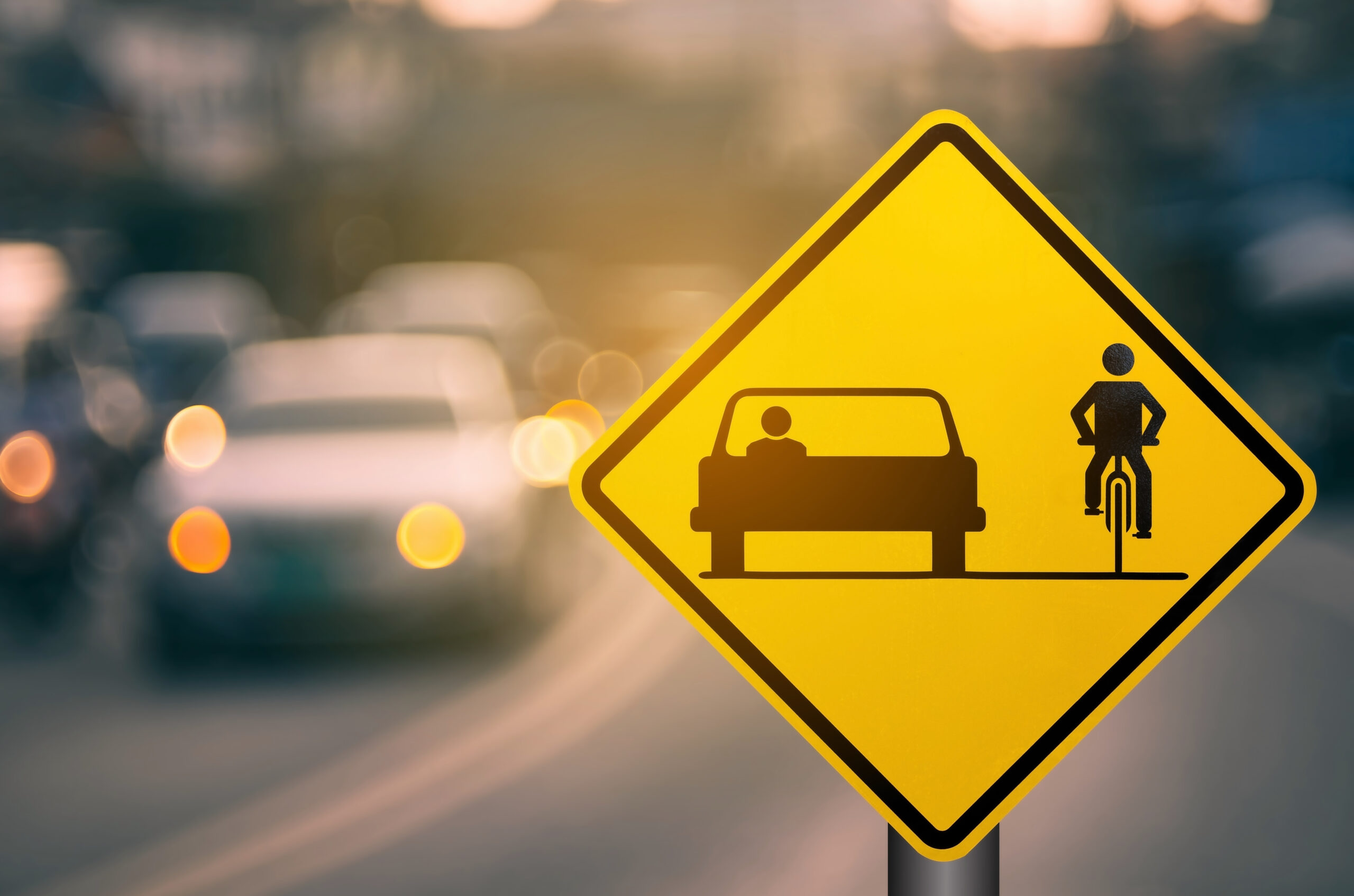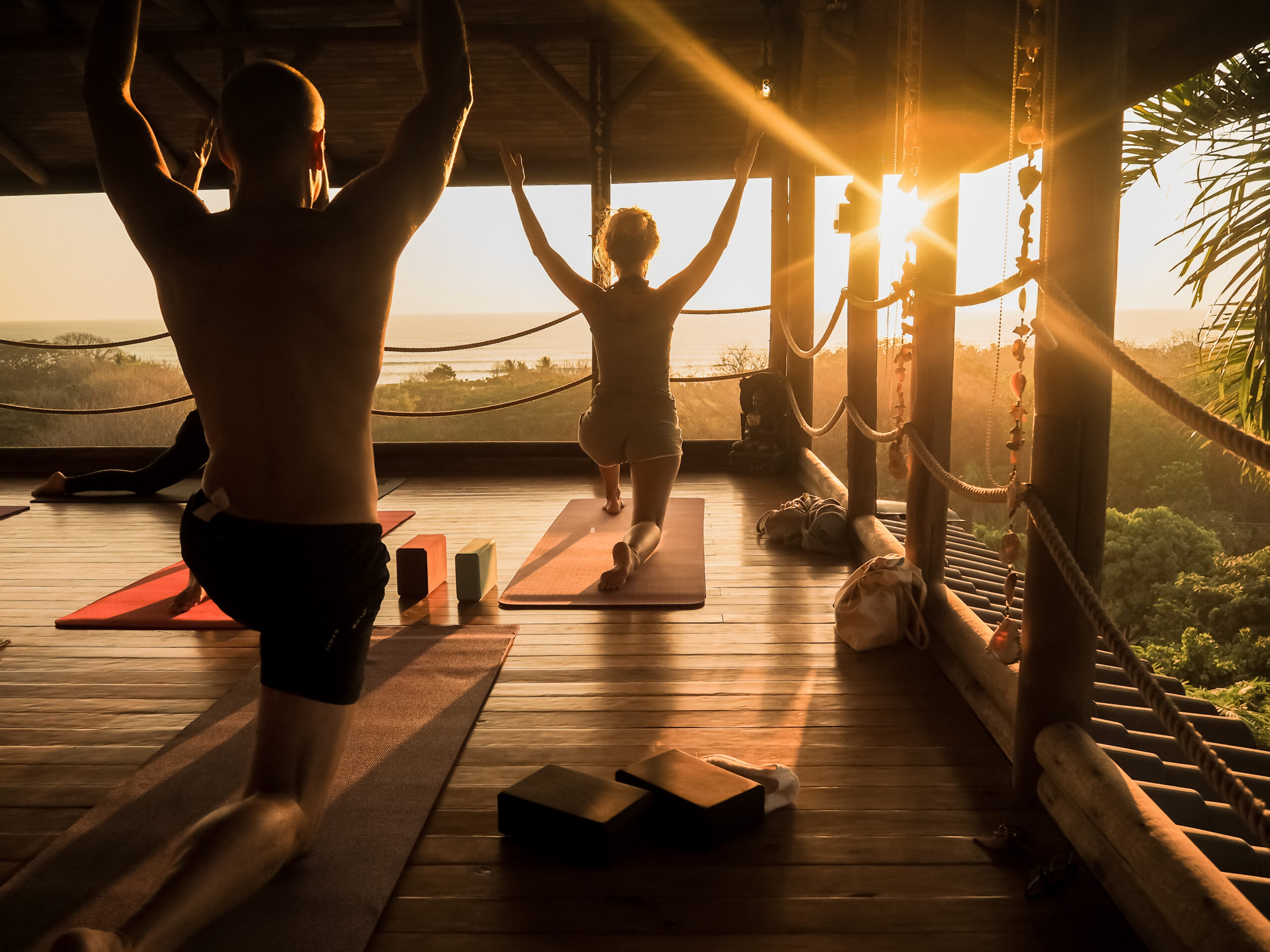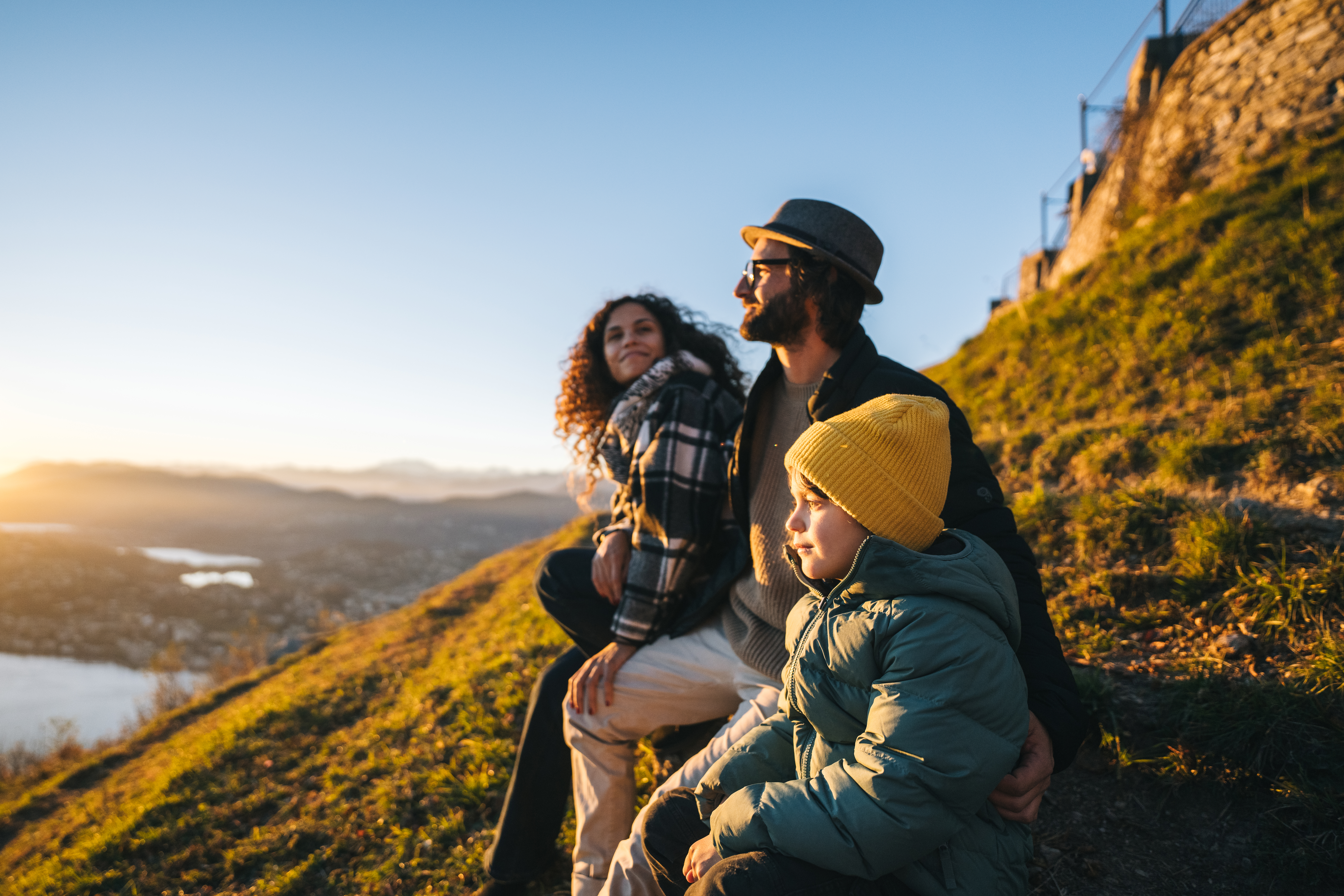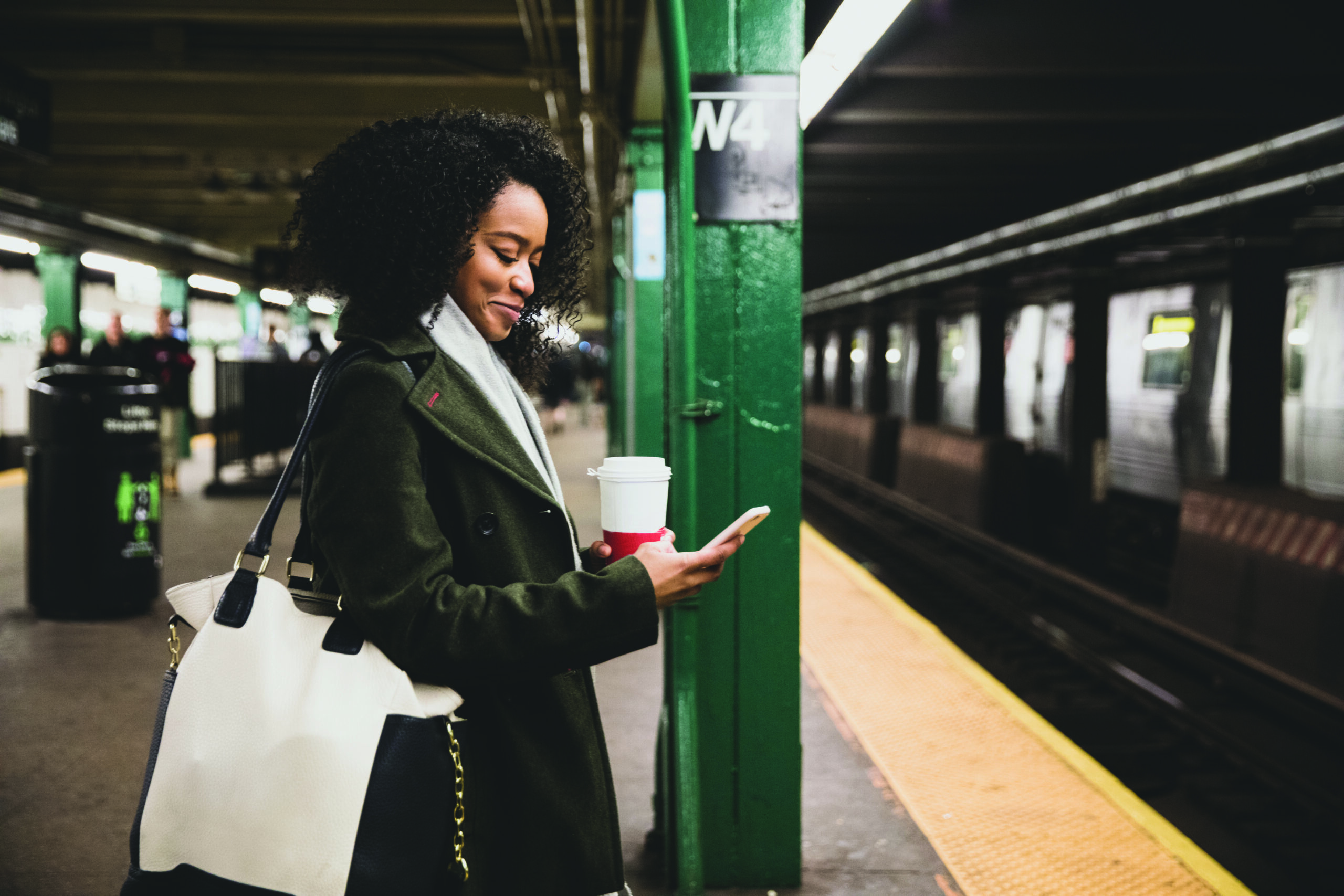As cycling continues to increase in popularity, more and more people are choosing to hit the roads on two wheels rather than four. However, this also means there’s a higher chance of collision. According to the National Highway Traffic Safety Administration, bicycles on the roadway are legally considered vehicles and have the same rights and responsibilities as motorized vehicles.
However, even though, legally speaking, cyclists are in the same category and can be liable for a motor vehicle accident, the unspoken responsibility is on the drivers to make the necessary driving adjustments. Everyone must be cautious while driving the roads, whether on a bicycle or a motorized vehicle. The Bicycle Transportation Alliance has provided some tips for all types of drivers to help you avoid collisions and protect yourself and others on the road.
Driving Around Cyclists
- Check the bike lane. Always be cautious when driving around bike lanes. When turning right or crossing a bike lane, always look behind you for a cyclist. If someone is there, yield and allow them to cross. It’s not a race to beat the cyclists.
- Allow extra space when passing cyclists. Just as you would when passing someone in a car, you should always allow extra room between you and a cyclist when passing. To be extra cautious, ensure you have at least 3 to 4 feet of space between you and a cyclist.
- Slow down. Always reduce your speed when approaching and passing a cyclist. Some roadways can be very narrow and may make it difficult for other drivers to see in front of you. Reducing your speed lets drivers behind you know there’s a reason to slow down ahead. Also, don’t follow them too closely. It’s very intimidating.
- Be cautious in residential neighborhoods. Cyclists use residential neighborhood roads to get around and escape heavy traffic easily. There are also more children biking in these neighborhoods. Always drive slowly and make a complete stop at stop signs because you are at risk of hitting someone if not.
- Use good manners. Only honk to communicate with cyclists if it’s an emergency. Also, apologize if you make a mistake. Try to make eye contact or give a wave.
Bicycling Around Cars
- Be visible. Visibility is the number one safety issue among cyclists. Always use front and rear lights, and wear light-colored or reflective gear. Having a reflector on your helmet is also a good idea.
- Learn to look over your left shoulder. Motorists are being cautious of their right side; you should also be cautious of your left side. Always look before leaving the bike lane to pass another cyclist. Doing so helps with changing lanes, making eye contact with motorists and your safety as you pass.
- Always signal. You must always signal when changing lanes, turning or stopping suddenly. If you make your intentions clear, most motorists and other cyclists will give you more space and allow more time for you as you change lanes.
Use good manners, whether you are a bicyclist or a motorist. If you make a mistake, give the “my bad” wave. If someone does something nice, give them a “thank you” wave. It’s also essential to provide pedestrians with a lot of space. Don’t run them off the road or sidewalk. With millions of people on the roads, cyclists and motorists must always be considerate of each other and share the streets safely.








Leave A Comment